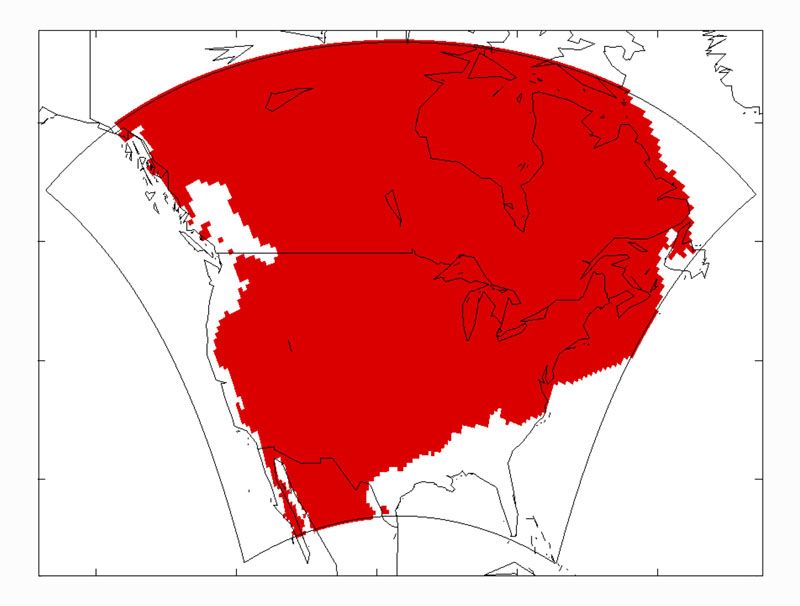North America Will Be 4.5 Degrees Warmer by 2070, Study Suggests

Combining climate models suggest that many regions of North America will be about 4.5 degrees Fahrenheit warmer in 2070. Areas hit especially hard will be Canada's Hudson Bay during the winter, which could rise about 10.7 F (6 C).
"One of the criticisms from climate-change skeptics is that different climate models give different results, so they argue that they don’t know what to believe," study researcher Noel Cressie, of Ohio State University, said in a statement.
"We wanted to develop a way to determine the likelihood of different outcomes, and combine them into a consensus climate projection. We show that there are shared conclusions upon which scientists can agree with some certainty, and we are able to statistically quantify that certainty."
Changing climate
For this study, the researchers combined different climate models using spatial information — to project future seasonal temperature changes in regions across North America. They used two different North American climate models to estimate temperature changes for the years 2041 to 2070.
With these two regional climate models, Cressie's analysis technique was able to give a range of possible temperature changes that includes the true temperature change with 95 percent probability.
The statistical analysis estimated that average land temperatures across North America will rise around 4.5 degrees Fahrenheit (2.5 degrees Celsius) by 2070. That result is in agreement with the findings of the United Nations Intergovernmental Panel on Climate Change, which suggest that global average temperatures will rise 4.3 F (2.4 C) by 2070.
Sign up for the Live Science daily newsletter now
Get the world’s most fascinating discoveries delivered straight to your inbox.
Cressie cautioned that this first study is based on a combination of a small number of models, and in the future they want to combine more models into their analysis.
Local changes
After producing average maps for all of North America, the researchers examined seasonal temperature changes for regions in the Hudson Bay, the Great Lakes, the Midwest, and the Rocky Mountains. They found that the Hudson Bay will likely experience larger temperature swings than the others.
That Canadian Hudson Bay region is likely to experience the biggest change over the winter, with temperatures estimated to rise an average of about 10.7 F (6 C), possibly because ice reflects less energy away from the Earth’s surface as it melts. Hudson Bay summers, on the other hand, are estimated to experience only an increase of about 2.1 F (1.2 C), meaning larger swings each year.
The Midwest and Great Lakes regions will experience a rise in temperature of about 5 F (2.8 C), regardless of season. The Rocky Mountains region shows greater projected increases in the summer — 6.3 F (3.5 C) — than in the winter — 4.1 F (2.3 C).










